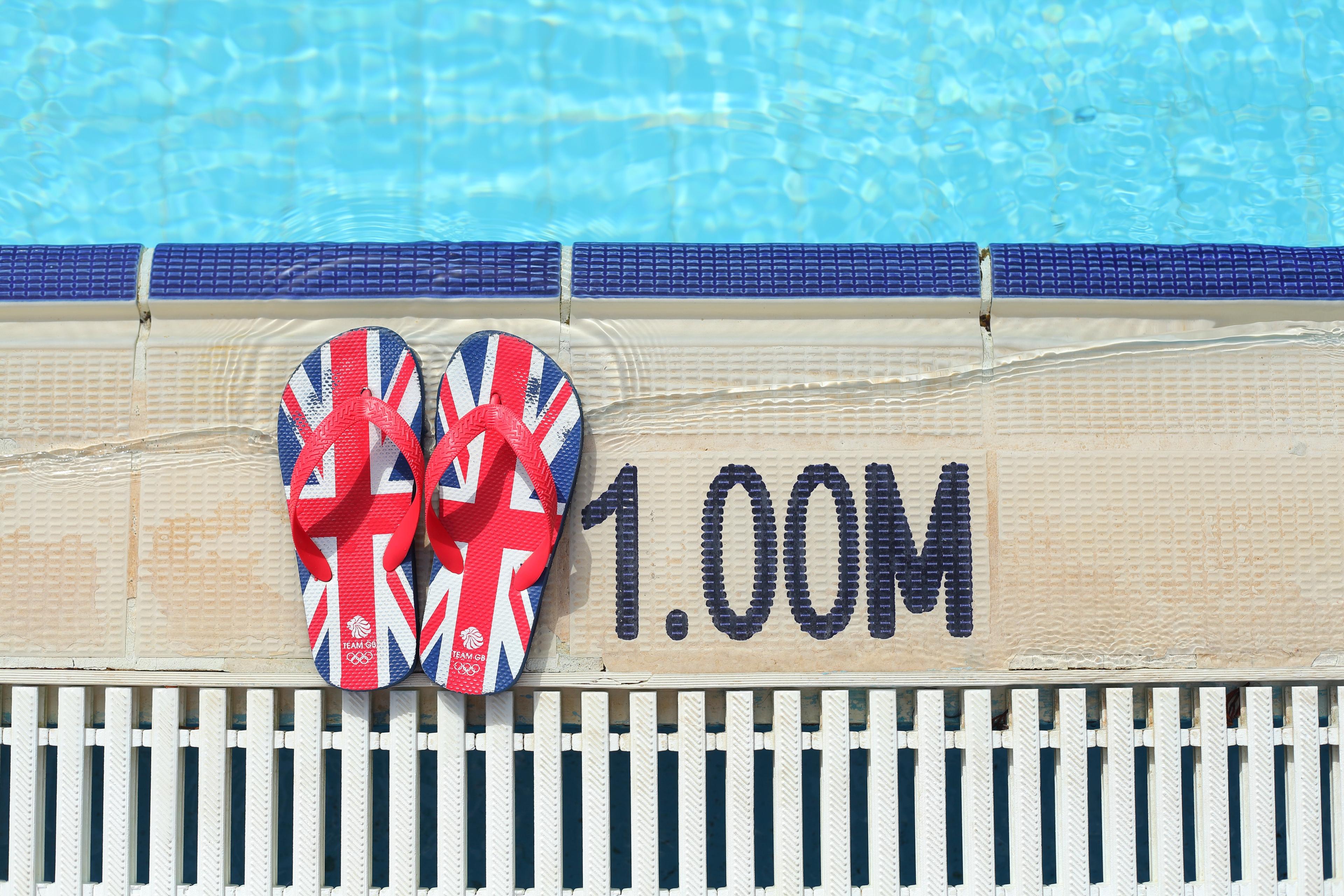The rules on when and how to cite are fairly straightforward and widely agreed within academia. However, rules are subject to interpretation, so authors and editors must exercise judgment as well. Basically, you can divide material into four categories:
1) 'Common knowledge'
Knowleldge that is known and accepted by most people and/or authorities within the relevant discipline or field of discourse: No citation needed.
Examples: Corruption is harmful; the earth is round and revolves around the sun; Biden won the 2020 election with 306 Electoral College votes.
In the latter two examples, of course, there are people who dispute these facts. You have the Flat Earth Society, and the political equivalent of it in the form of millions of people who believe that Biden didn't win. But the broad consensus among the relevant authorities (scientists; electoral officials) is that these facts are true. The consensus in each case is so broad and well established that there is no need to cite a particular source.
2) Your own original ideas or data
Your own ideas or data expressed in your own words: No citation needed.
Ideas may be considered your own even though they build on, draw on, or are influenced by other people's ideas. No idea is 100% original. The question is how much you are intellectually indebted to someone else, and this is a judgment call. If there is significant intellectual influence, it is safest to offer a citation such as 'Building on the work of Brown (2004), I argue that ...'
3) Someone else's ideas or data summarised or paraphrased
When you build on the ideas or data from others, summarised or paraphrased in your own words: You need a citation, but not quotation marks.
If you write something that is largely based on someone else's work, or draws extensively on it, you need to cite the source even if none of the words are identical. Presenting someone else's ideas or data, even in your own words, without acknowledging the source is a violation of scholarly ethics. If you paraphrase or summarise the material without using quote marks, make sure the wording you use is sufficiently different from the source.
4) Someone else's ideas or data expressed in exactly the same words
When you use someone's ideas or data with the exact same words they used: You need a citation AND quotation marks, most of the time.
Quote marks
The quoted material can be a word, a phrase, a sentence or sentences, even a paragraph or more. Quote marks are almost always needed if you quote an entire sentence or more than one sentence. When just a few words are identical to the source, then it's a judgment call whether you need to put those words in quote marks.
Quote marks are more important when the words used to express the idea are unique to the source – that is, somebody else wouldn't have said it in the same way. Quote marks are less important when the words, although identical to the source, are generic in the sense that most people would have expressed the idea in the same way. This is sometimes the case with statistics, for example: Oil accounts for 95% of Sudan's exports (World Bank 2021). Maybe the Bank used those words, but almost anybody presenting that statistic would use those words or words close to them. So a citation to the data source, without quote marks, is sufficient.
When you do enclose words in quote marks, those words must match the source exactly. One of the things thorough editors do is trace every quotation to its source, if they can access it online, and make sure the author copied the words correctly. According to one editor working for U4, least 50% of the time, they didn't (speaking of all authors, not specifically about U4 authors who are usually more careful).
Examples where quote marks and citations are needed
Here are a few examples from U4 publications of statements that DO need quote marks in addition to a citation:
- In 2010, the Somalia Common Humanitarian Fund was established as a CBPF ‘to allocate funding for the most urgent life-saving interventions in Somalia’.
[This is formal language from a mission statement. Words matter in a mission statement, so it's important to use the exact language they used, in quote marks.] - Barrett (2005: 2) correctly opines that the effect of perceived corruption should not be underrated, as corrective measures require both ‘marketing a non-corrupt image and rebuilding the legitimacy of, and confidence in, the system’.
[The quoted part is more than just a couple of words, and the language that Barrett used to express her idea is an important aspect of her intellectual contribution. It's not just what she said; it's the way she said it. Another author wouldn't have written it the same way. So the quoted passage needs quote marks as well as a citation.] - The opposition figure Kizza Besigye said that Museveni ‘cannot be pretending to fight corruption because he is at the apex of state corruption in Uganda’ (Kasasira 2019).
[Same reasons as above. Here Kasasira is quoting Besigye, who has used quite colorful language.] - According to Heeks (2011, p. 1), most anti-corruption initiatives fail. He claims it is because of overly large ‘design-reality gaps’: that is, a gross mismatch between the expectations built into the initiatives and the on-the-ground realities in the context of their deployment.
[Although 'design-reality gaps' is just three words, this is a term that Heeks himself coined. It is original to him, and part of his intellectual contribution. Thus it needs to be in quote marks.]
Go to U4 publication policy including more information on citations.


